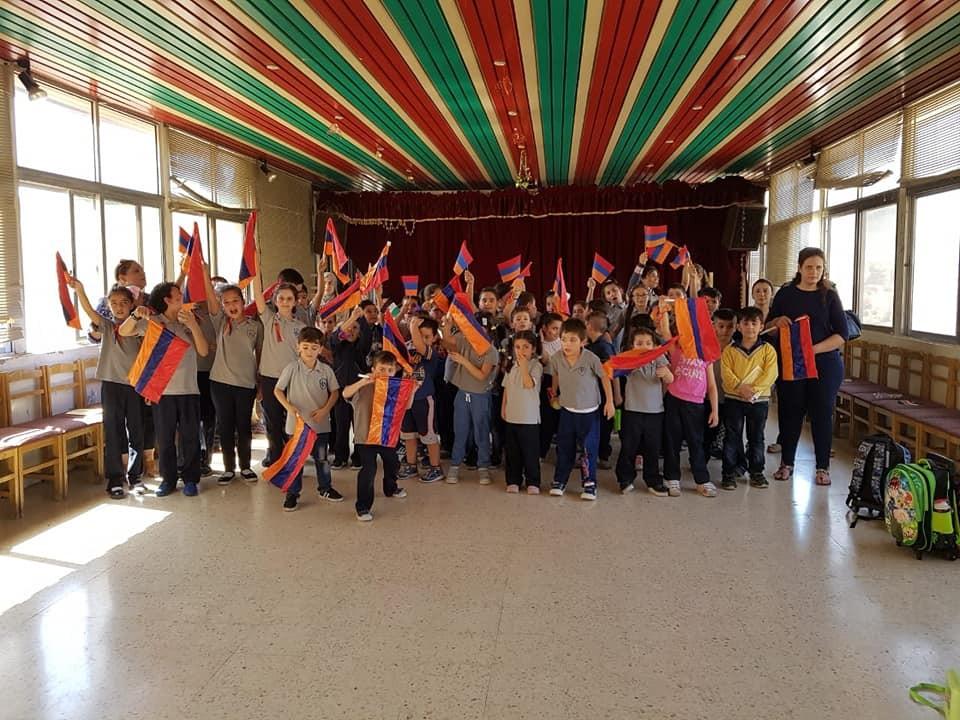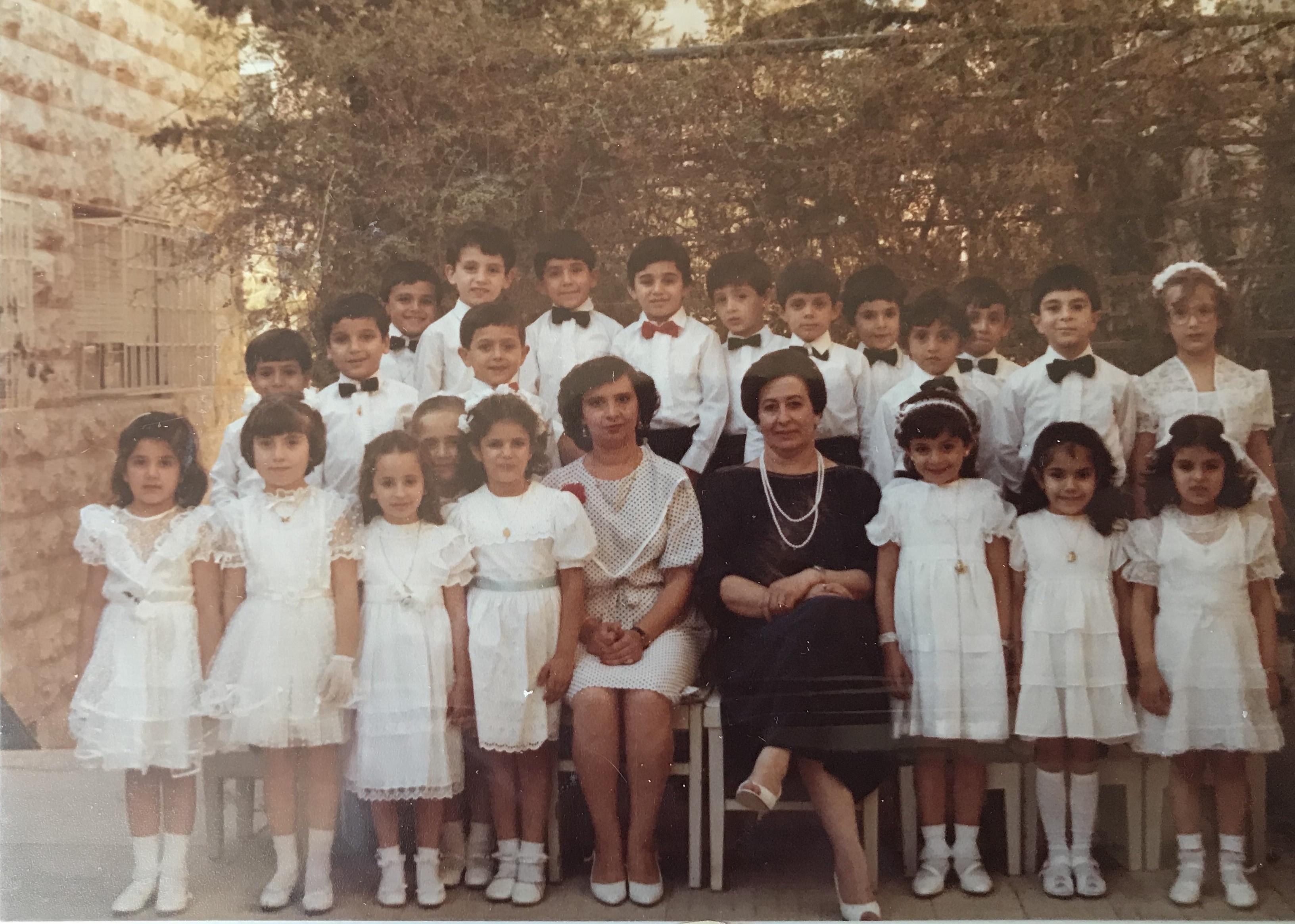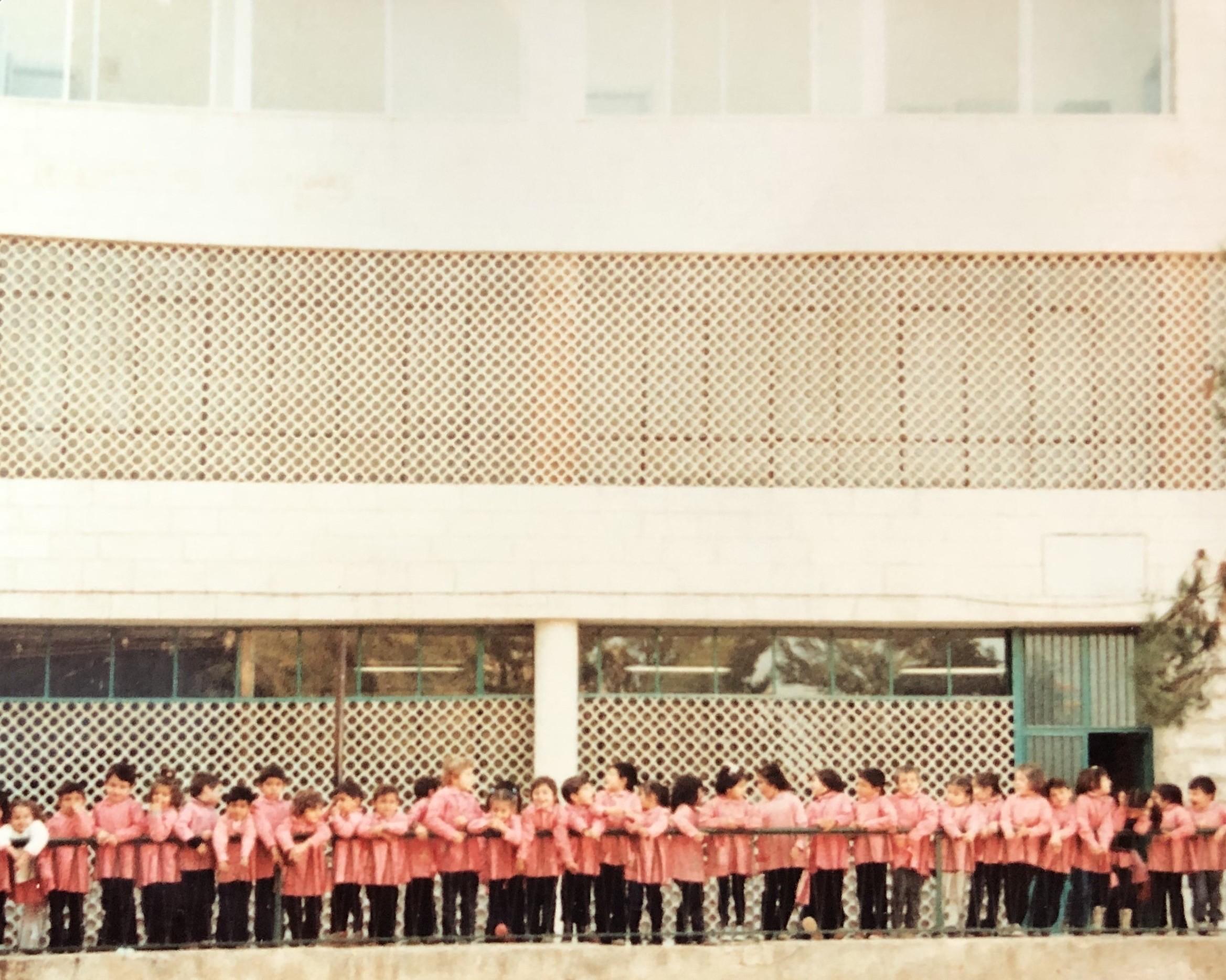
Only Armenian School in Jordan Closes; Assimilation Threat Grows
By Maral Nersessian
The Armenian community of Jordan, one of the prominent minorities in the country, faces a survival threat after the closing of its only school.
The Yuzbashian-Gulbenkian (kindergarten and elementary) school, founded in 1961, belongs to the Armenian Patriarchate of Jerusalem.
It was built with the cooperation of three institutions: The Armenian Patriarchate of Jerusalem, the Calouste Gulbenkian Foundation, and the Armenian General Benevolent Union.
The school received annual financial supports from the AGBU and Amman’s Armenian Relief Society.
Approximately twenty Armenian student scholarships were sponsored by philanthropists living in Jordan and an annual fund that was suspended four years ago from the Gulbenkian Foundation.
As a last effort to maintain the school, that has been struggling for the past two years and was in decline much earlier, the management of the Armenian community institutions, led by community leader Very Reverend, Fr. Avetis Iprajian, the Patriarchal Deputy of Jerusalem, petitioned the Patriarchate for financial support.
The request was refused because the school failed to meet the threshold issued by the patriarchate of a minimum 70 Armenian students.
This school year, only 30 of the 64 students were Armenian. Father Iprajian announced that the number of Armenian students expected next school year was seventeen. In 2010, they numbered 88.
The community of about 3,000 Armenians, recognized by the Jordanian government as a community under the auspices of the Jerusalem Patriarchate, has failed to maintain the only Armenian school for various reasons.
The decline, noticeable for more than five years, can be attributed to indifference and a lack of understanding of the importance of the school’s continuation.
Continuous development with innovative systems could maintain a level of competition with other schools in the country. This is interconnected with the school’s financial needs.
Without this school, the assimilation process within the community will only speed up in the coming years.
A prominent community, with its strategic location, that once shouldered the obligation of connecting the Armenian communities of the Middle East and creating a strong diasporan Armenian network through regional conferences and youth targeted events, now faces an existential risk.
Maral Nersessian is a EU Projects Advisor, Technology Transfer Expert & GMP Consultant who resides in Jordan.
 Videos
Videos Photos
Photos


Comments (3)
Write a comment